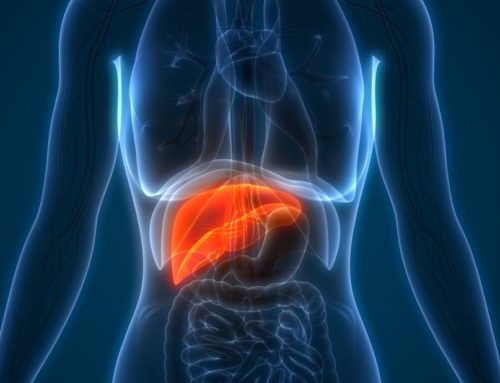What is BHRT?
BHRT can be used to treat men and women when their hormone levels drop or become unbalanced. It’s most frequently used to ease symptoms of perimenopause and menopause. It may also be used to improve symptoms of cancer treatment or to treat conditions such as:
- insulin resistance
- adrenal and thyroid disorders
- osteoporosis
- fibromyalgia
Bioidentical hormones are manmade hormones derived from plant estrogens that are chemically identical to those the human body produces. Estrogen, progesterone, and testosterone are among those most commonly replicated and used in treatment. Bioidentical hormones come in various forms, including:
- pills
- patches
- creams
- gels
- injections
Components of BHRT
Some bioidentical hormones are made by drug companies. Others, known as compounded bioidentical hormones, are custom made by a pharmacy, according to a doctor’s orders. This process is known as compounding. Compounding typically involves ingredients being combined or altered to meet the needs of an individual.
The U.S. Food and Drug Administration (FDA) has approved some forms of manufactured bioidentical hormones, including bioidentical estriol (a weak form of estrogen) and progesterone. However, the FDA hasn’t approved any custom-compounded bioidentical hormones.
Most bioidentical hormones are manufactured and sold without controls for safety, quality, or purity. Many medical organizations have taken a stand against the marketing and use of unapproved bioidentical hormones.
Compounded bioidentical hormones are often touted as being safer and more effective than synthetic hormones. But the FDA and most doctors will caution that those claims haven’t been proven in reputable studies, and that these hormones may even be potentially dangerous in some cases.
Traditional vs. bioidentical
Bioidentical hormones are different from those used in traditional hormone replacement therapy (HRT) in that they’re identical chemically to those our bodies produce naturally and are made from plant estrogens. The hormones used in traditional HRT are made from the urine of pregnant horses and other synthetic hormones.
Supporters of bioidentical hormones claim their products are safer because they are “natural” and identical in makeup to the hormones the body produces naturally. But most experts believe the risks of BHRT and HRT are similar. Compounded bioidentical hormones may carry even more risks. There’s no credible evidence that BHRT is more effective than HRT.
Benefits of BHRT
BHRT is typically used as people age and hormone levels drop, particularly for women who are in perimenopause or menopause. It’s used to increase the levels of the hormones that have dropped and improve moderate to severe menopause symptoms, including:
- hot flashes
- night sweats
- mood changes
- memory loss
- weight gain
- sleep issues
- loss of interest in sex or pain during sex
In addition to helping with symptoms, hormone replacement therapy may also reduce your risk for diabetes, tooth loss, and cataracts. There’s some evidence that it can help improve skin thickness, hydration, and elasticity, and even reduce wrinkles.
For those with cancer who have undergone treatments that affect their estrogen levels, BHRT has been shown to be effective in improving their general well-being and quality of life. In one study, people with cancer who underwent BHRT found relief from treatment-related symptoms such as migraines, incontinence, low libido, and insomnia. The study also found their recurrence rate of breast cancer was no higher than average.
Side effects and risks of BHRT
While the FDA has approved some preparations of bioidentical estradiol and progesterone, it hasn’t approved any compounded bioidentical hormones. There are claims that bioidentical hormones are safer and more effective than traditional HRT because they’re identical in structure to those produced in the body. But these claims have not been confirmed by large-scale, reputable studies. The FDA urges caution when using compounded products.
Research has shown that hormone replacement therapy in general may increase the risk for certain conditions and diseases including:
- blood clots
- stroke
- gallbladder disease
- heart disease
- breast cancer
There may also be side effects that accompany BHRT, particularly in the beginning as your body adjusts to the hormones. Common side effects of BHRT may include:
- acne
- bloating
- weight gain
- fatigue
- mood swings
- increased facial hair in women
Many people cannot take BHRT or any form of hormone replacement. The risks and potential for side effects may vary among women depending on their health history. Discuss the pros and cons with your doctor before using any hormone replacement therapy.
How to take BHRT
BHRT comes in a variety of forms including:
- creams
- injections
- implanted pellets
- patches
- gels
Talk to your doctor about which form may be best for you and your lifestyle. You’ll likely need to be monitored regularly once you begin BHRT to evaluate your body’s response. However, the FDA cautions against monitoring hormone levels via blood and saliva tests. These only tell you your hormone levels at a moment in time and can vary widely throughout the day.
The FDA recommends that if you do choose any form of hormone therapy that you use the lowest dose that produces results. The FDA also says you should use it for the shortest length of time possible.
Source: healthline.com





